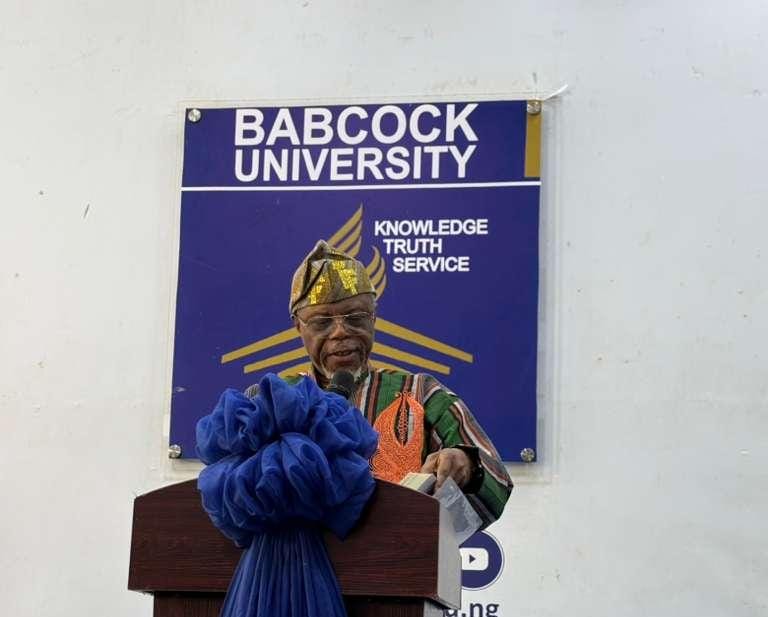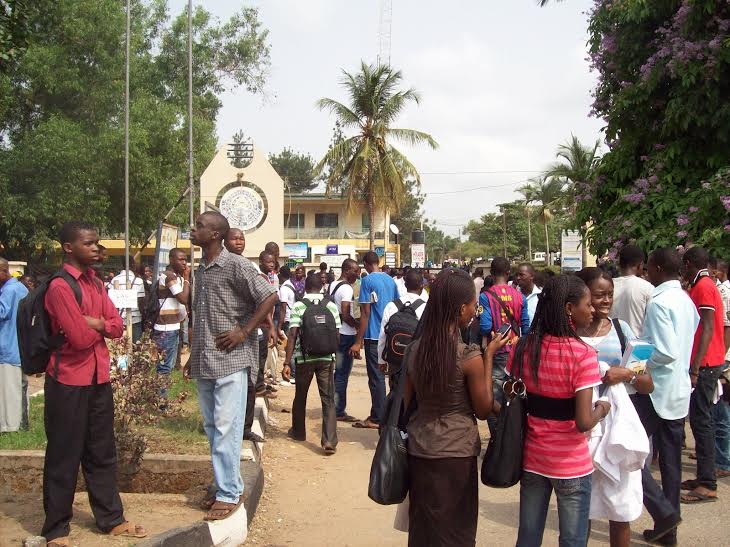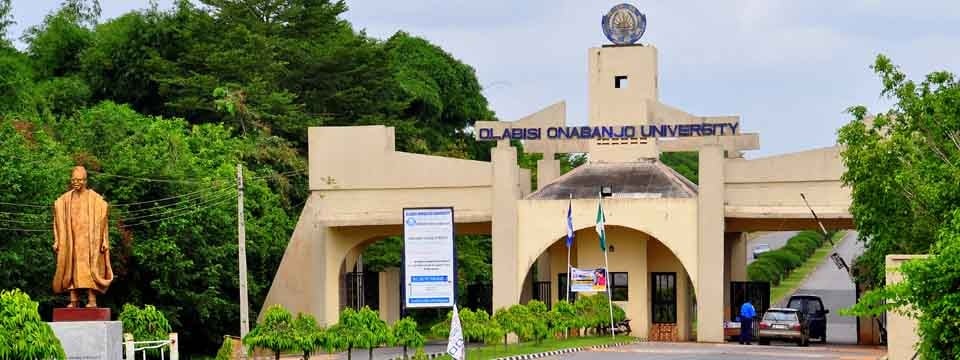Toyin Falola
Toyin Falola says African universities should move beyond conventional planning and adopt strategic foresight as the guiding framework for growth.
The history professor was discussing institutional renewal and resilience in the rapidly changing global higher education ecosystem.
He was at the Babcock University amphitheatre on Tuesday during a lecture in honour of Ademola Tayo, the outgoing vice-chancellor of Babcock University.
The lecture was delivered under the theme, ‘The Transformation of Babcock’.
Advertisement
Falola argued that foresight requires institutions to anticipate policy, technological, economic, and social shifts before they materialise.
“Strategic foresight is deliberate, rigorous, evidence-informed thinking about plausible futures to inform present decisions,” he said.
“Strategy is not planning but pattern recognition in action. Foresight means aligning mission (faith, education) with vision (innovation, impact).”
Advertisement
He called for a deliberate balance of continuity and change, adding that for faith-based institutions, this alignment can be a distinctive strength when coupled with rigorous academic planning.
“Faith-based universities, such as Babcock University, have contributed positively to pluralism in the Nigerian education sector through moral education, holistic pedagogy, and administrative efficiency,” he said.
“The faith-based universities’ pluralism has generated a new moral economy of learning, where knowledge is not only created for technical advancement but also for moral reformation and people’s emancipation, as commentators would attest to.”
In addressing leadership succession, Falola paid tribute to the outgoing vice-chancellor and cast the incoming leader as a steward of a well-established institutional legacy.
Advertisement
He said the Afolarin Ojewole, the new vice-chancellor, “ is not just assuming the office of the vice-chancellor; he is leading a university that holds pride of place among the topmost faith-based private universities in Nigeria’s higher education landscape.”






